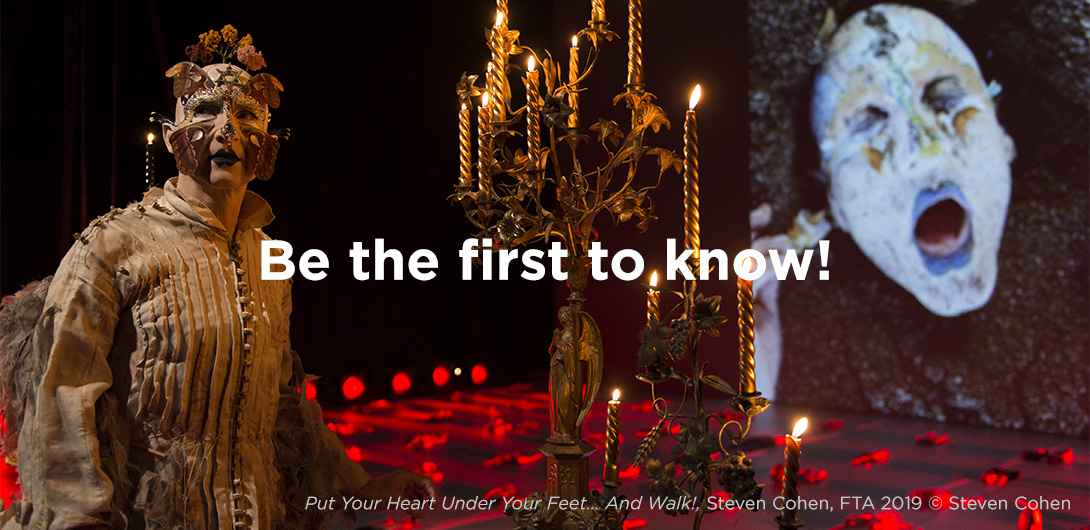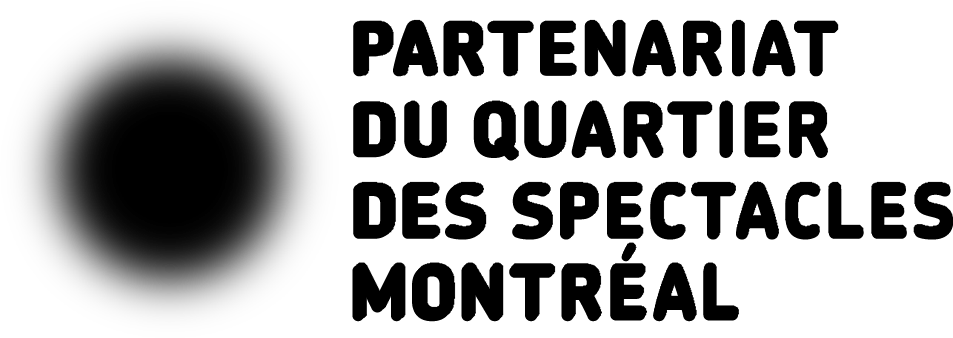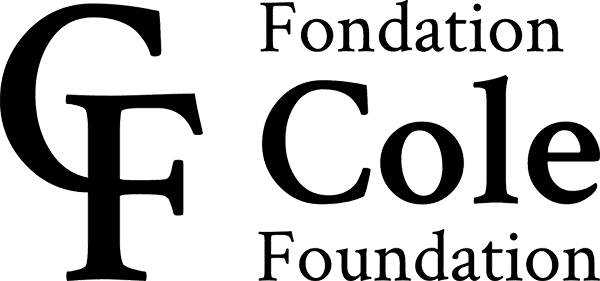The driving force of your shows is often the bustling activity in a specific place. In LACRIMA, it’s the sewing shop, where expert hands are hard at work. What fascinates you about this workplace?
This is actually the first time that one of my shows doesn’t take place in a single setting but in three different ones: a haute-couture workshop in Paris, a lace workshop in Alençon, and an embroidery workshop in Mumbai. What interested me right away was the knowledge that links these characters. Normally, in my plays, it’s a place that brings people together, but here it’s the work—the dress—which is the central element. This dress, which is very visible, like those of Kate Middleton or Lady Di, contrasts with the invisibility of the people who are making it, and I was fascinated by that difference. My shows have always been inspired by the idea of community, by the things that unite people. Whether it’s a Vietnamese restaurant, French colonialism, or a wedding dress, the idea is to tell the stories of multiple lives. It’s difficult today to portray the world from a single perspective.
In your view, why is theatre the ideal place to shine a light on people who are marginalized?
Theatre has ignored so many people for so many years! It’s not that I have some kind of innate radar that detects untold stories, but I like discovering such accounts. I want to hear and see what has been kept secret. Secrets are often related to violence. In the case of Marion, the character in the show who’s a victim of domestic abuse, the secret has allowed the violence to continue. It’s a political question: why do some secrets remain hidden, and what is being protected by keeping them? As an example, for years, embroidery work in India was kept secret because it would raise questions about economic and colonial inequalities. Secrets become a narrative driver and indicator of social tensions. I intertwine the different settings through the principle of choral storytelling. There’s never only a single story; instead, my dramaturgical approach switches between multiple stories.
Is this choral approach a political choice for you, allowing you to speak about social diversity and tensions?
Exactly. Through the mindset of the business world that is observed and through the emergence of personal stories and secrets, LACRIMA addresses domination—of the North over the South, a boss over an employee, a man over a woman, or the privileged class over the working class. But what’s most important for me is to show that these victims also possess power: the power of their knowledge. It won’t necessarily save them, but it gives them a dignity, an ability to participate in the beauty of the world. At first, I wanted to write only about a group of women, after taking part in discussion groups with victims of domestic abuse. I focused on the world of fashion, but when I discovered that embroidery work in India was done by Muslim men, it threw a wrench in my plans. It seemed impossible to not include this male reality as well, and that allowed me to explore broader questions such as neo-colonialism.
During the creative process, you adopt the approach of a documentarian, then pivot toward writing that captures reality while incorporating fictional and poetic elements. What is your relationship to realism and the representation of reality?
I don’t really distinguish between documentary work and fiction. When I meet people like embroiderers or lacemakers, it stimulates my imagination above all. I could never create purely documentary theatre; I’m always working on transforming reality into fiction. It’s true, though, that one of my main concerns is that the audience will believe what it sees. For that reason, I create theatrical works that are very meticulous and very attentive to detail. The challenge for me is to develop situations to the point where they become unbelievable while ensuring that the audience continues to believe them. In LACRIMA, when I ask Maud, who plays Marion, to place her hand on the mannequin or put fabric on it, or when I ask the embroiderer to look at the pearls, it’s so that the spectators will believe in the characters. As long as they believe, they will follow you, no matter what the story is.
Another way of achieving this is the set design, which lies somewhere between realism and artifice. I like to quote a famous anecdote about Godard, who during a shoot asked the prop master whether a wardrobe had linens in it. Even though the inside of the wardrobe was never shown on screen, Godard believed that the spectator could feel whether it was full or empty. I also use video with split-screen effects, a bit like in the TV show 24, to simultaneously show what’s happening in Mumbai, Alençon, and Paris. This creates suspense, but it also makes it possible to zoom in on details of the sewing, which cannot be seen on the stage, to fully reveal their beauty.
Wajdi Mouawad, Robert Lepage, and Ariane Mouchkine are often associated with you. Could you talk about their influence on your work, especially the relationship to emotion?
I’m not so familiar with the work of Robert Lepage, but I do know Wajdi Mouawad’s work very well. The first show that I saw by him was Forêts. I was a theatre student back then, and it came as a shock to me. He re-established two things that are fundamental for me: emotion and the possibility of telling stories that transcend borders.
In France at that time, emotion was a complex and even fraught notion. Mouawad restored the idea that theatre can elicit strong emotions. The show also showed me that you could tell stories ranging from one end of the world to the other, from one place to another, instead of staying confined in one space. For me, as a daughter of immigrants, that was vital. My mother is Vietnamese, my father was a North African Jew, and I grew up in Provence. It seemed impossible to portray the world solely from the perspective of my hometown. Mouawad liberated me from that restriction by showing me that you could go elsewhere to better tell the story of where you are.










